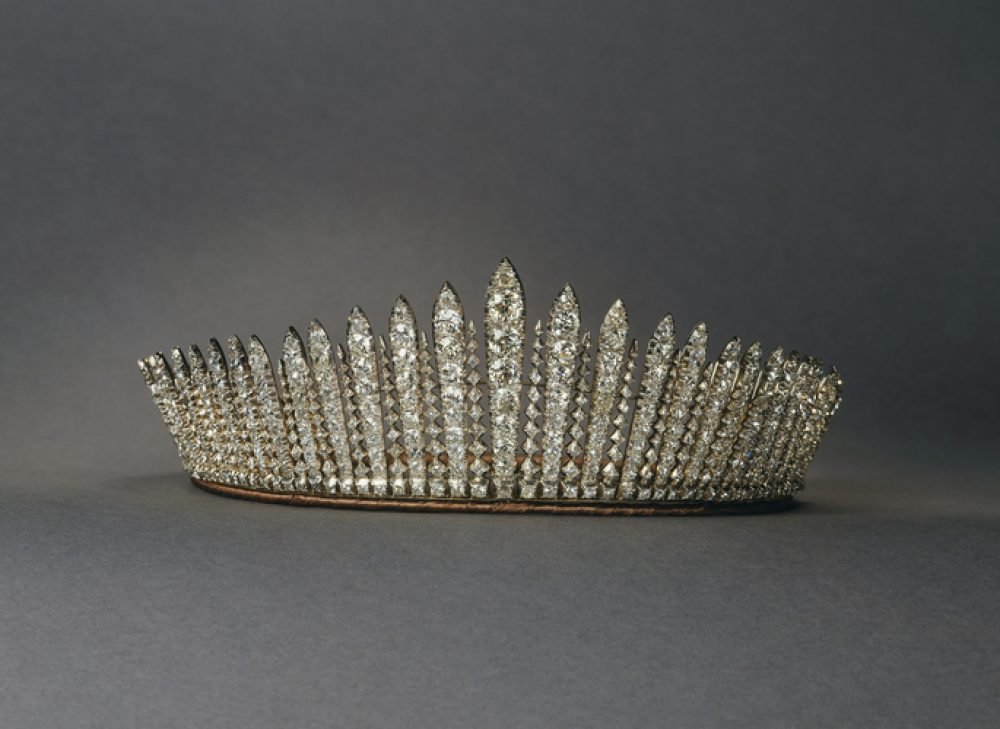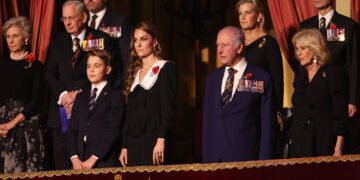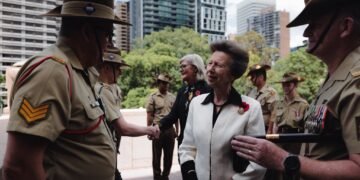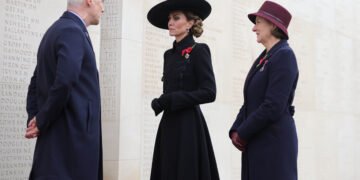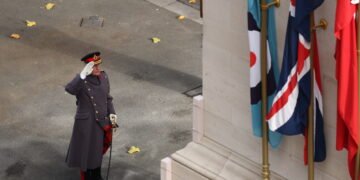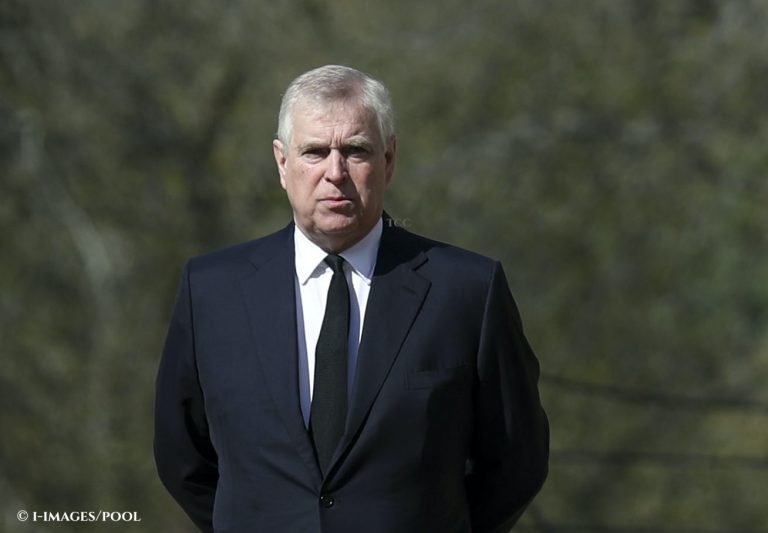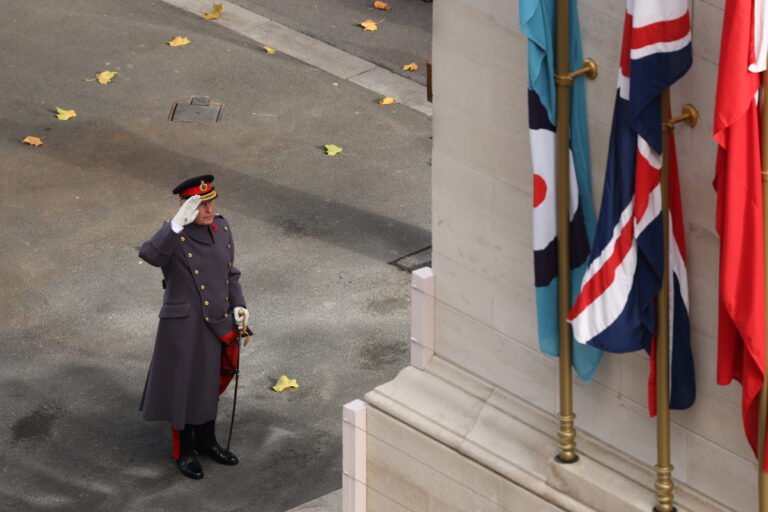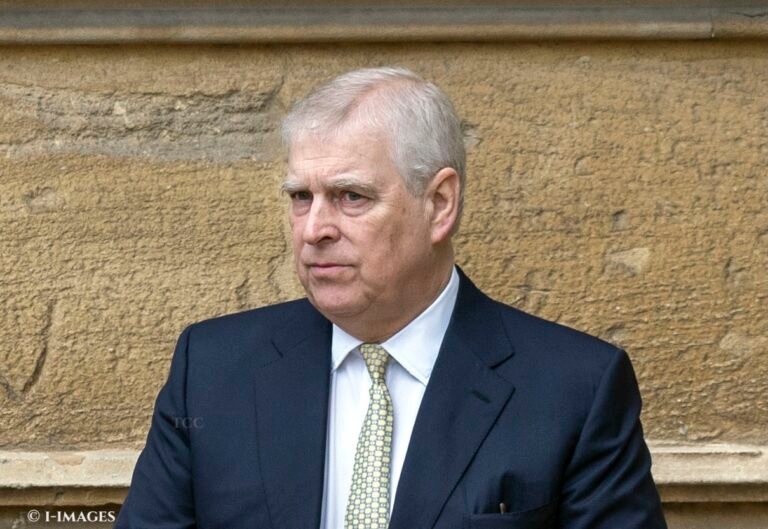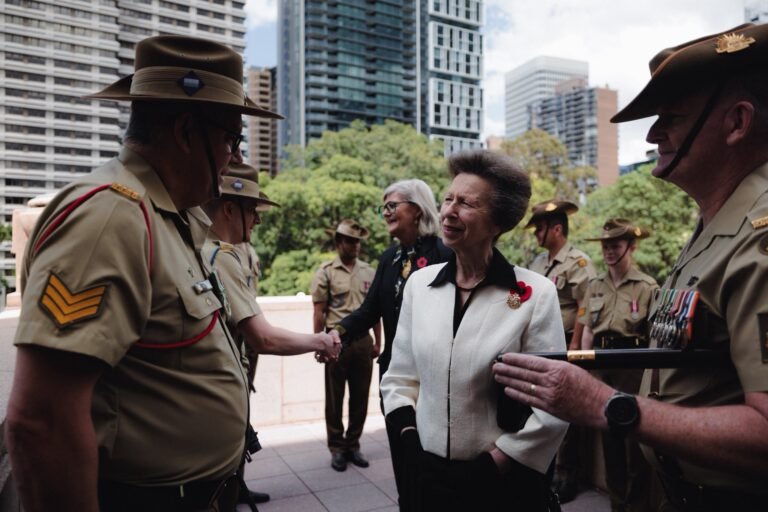We all know The Queen has some stunning jewellery in her vault – a great many pieces that we didn’t even know existed! Today, on Tiara Tuesday, we take a look at one of the iconic pieces, worn on her wedding day: Queen Mary’s Fringe Tiara.
The jewels’ origins:
As the name suggests, this tiara owes its name to owner, Queen Mary. Queen Mary’s fringe tiara was made by E. Wolff & Co. for Garrard & Co. in 1919; they made a kokoshnik-style piece consisting of 47 graduated brilliant and rose-set tapering bars, separated by 46 narrower spikes.
Mary’s fringe can also be removed from its frame for use as a necklace.

Queen Victoria gifted a diamond fringe necklace, made by Collingwood & Co, to the then-Princess Mary of Teck. The present was to mark the occasion of her wedding to Prince George, Duke of York, in 1893 and she wore it in her hair on her big day. The piece featured fleurs de lis, separated by strings of brilliant cut diamonds, and a decorative row of alternative brilliants and diamond shapes. You can see an illustration here (necklace at the top of the page).
Queen Mary regularly dismantled her jewellery to make new pieces, and this tiara is no exception. In 1919 (by then Queen Consort) Mary asked Garrard, the crown jewellers, to fashion the gems into a tiara.
The Queen Mary fringe is a pared-back interpretation of a Russian kokoshnik, the style being very popular in the late 19th and early 20th century, and fashionable amongst the imperial Romanovs before the Russian Revolution.
Mary (or May to family) had often worn a similar fringe-style tiara once belonging to Queen Adelaide, which does look quite similar, but with a different provenance and – when you examine closely – style. Adelaide’s fringe necklace was made in 1831, later inherited by Queen Victoria upon her accession to the throne, who used it as both a headpiece and on her dresses. Queen Victoria made the piece an heirloom of the Crown, and it has been worn by successive Queens Consort and Queens Regnant ever since. This piece is still in royal hands, as a necklace in the vaults of Elizabeth II.
Due to its similarity to Adelaide’s necklace/tiara, you might see Queen Mary’s fringe tiara be referred to as the King George III fringe tiara or the Hanoverian fringe tiara, since it used diamonds belonging to George III and his wife, Queen Charlotte.
Mary wearing Queen Adelaide’s fringe; note the difference between Mary’s fringe and Adelaide’s includes the height of the tiara and the spacing of bars. Photo from 1911.
Despite having Adelaide’s piece already in her collection, Queen Mary chose to commission a new tiara from the piece.
Who has worn it?
Queen Mary wore the tiara assiduously and then in 1936, gave it to her daughter-in-law Queen Elizabeth, when George VI ascended the throne. The Queen in turn loaned it to Princess Elizabeth on the occasion of her marriage to Philip Mountbatten, making it her “something borrowed”.

On the morning of the wedding, the tiara broke! The Queen can be overheard telling the story while touring the Buckingham Palace summer exhibition of The Duchess of Cambridge’s wedding gown in 2011.
Walking towards the exhibit, Catherine explains that there had to be ingenuity amongst her team, experimenting with ways to attach her tiara and veil; finally, they decided that they must sew the veil to the Cartier Halo tiara, to which The Queen responds, “Oh yes, one has to do that, in case it comes off.”
Her Majesty then tells the story of how she suddenly learned Queen Mary’s fringe tiara was also a necklace, at the most inopportune time: “The catch, which I didn’t know existed, it suddenly went [gesturing].”
View from 0:28 seconds to hear the conversation:
Luckily, Garrard was able to solve the problem. “I think he taped up the spring,” The Queen recalled.
The Garrard: The Crown Jewellers for 150 Years book reports that the frame snapped and was taken by police escort to their workroom for a quick fix. When you look at the wedding pictures, you can see that the tiara’s strict symmetrical design is slightly off kilter at the centre!
Embed from Getty ImagesEmbed from Getty Images
“And I didn’t know it was a necklace, you see…I thought I’d broken it…we stuck it all together again, but I was rather alarmed…”
According to the book, the mother of the bride kept the calm by remarking, “We have two hours and there are other tiaras.”
Princess Anne then went on to wear the tiara on her wedding day, when she married Mark Philips, pairing it with her simple mediaeval style gown.
Embed from Getty Images
Embed from Getty Images
Thereafter, the tiara returned to The Queen Mother, hidden away, as she spent her later years of royal life preferring the Greville tiara – now worn most frequently by the Duchess of Cornwall – and the Oriental Circlet.
The Queen inherited Queen Mary’s fringe tiara upon her mother’s death in 2002. Whilst she does still wear it, the piece is not amongst her most commonly worn.
We saw it for Her Majesty’s Diamond Jubilee portrait for New Zealand. Taken by Julian Calder in the Blue Room of Buckingham Palace in 2011, The Queen wears the Sovereign’s insignia of the Order of New Zealand, the New Zealand Order of Merit, Star, Sash and Badge and The Queen’s Service Order. She also chose her fern brooch.

Most recently, Princess Beatrice also chose to wear the headpiece for her private wedding in July 2020, pairing it with a 1960s Norman Hartnell dress from her grandmother’s collection.


